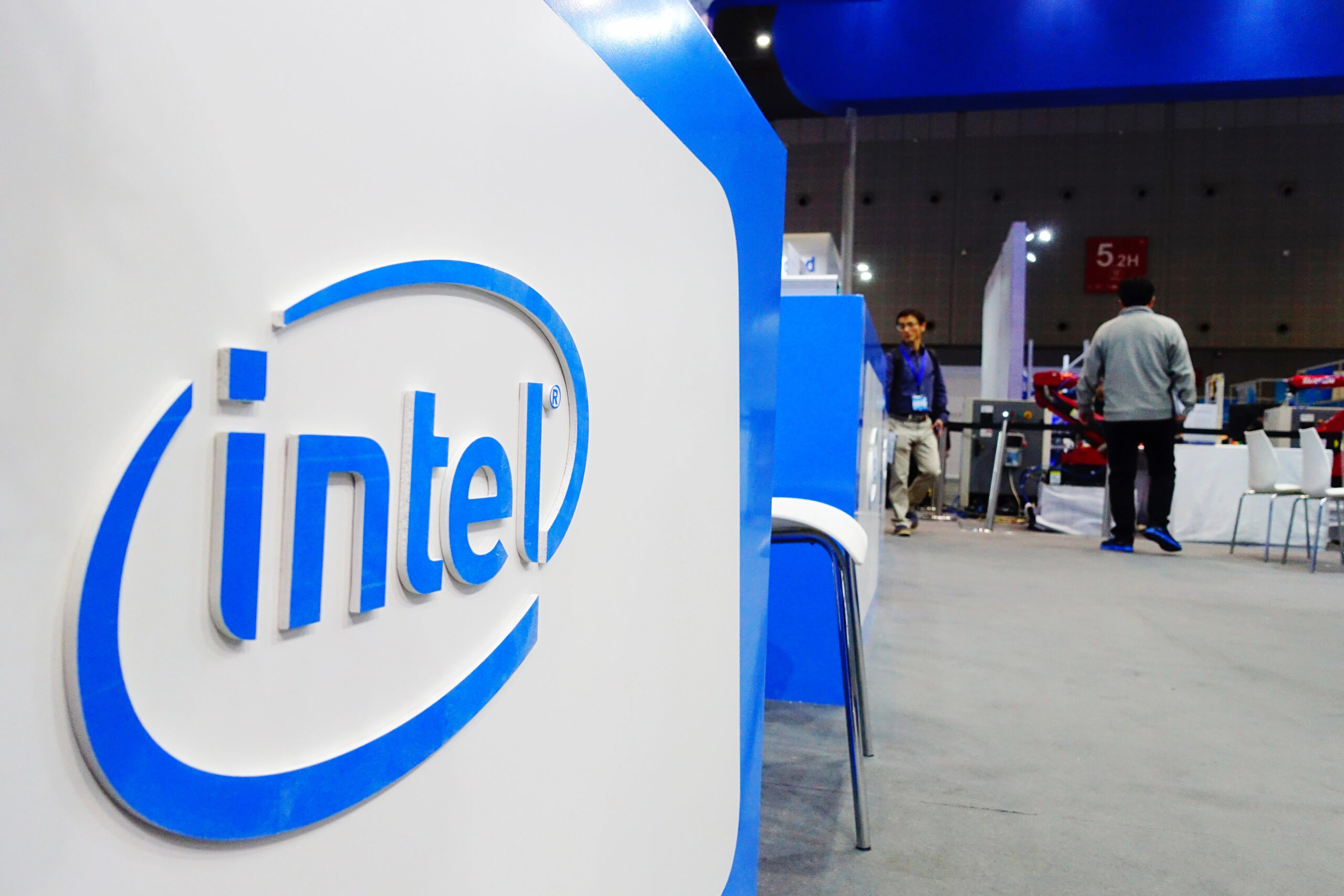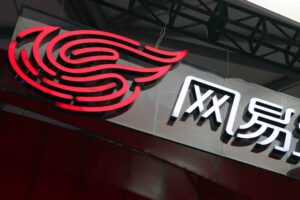As the semiconductor industry evolves, Intel’s appointment of Lip-Bu Tan as CEO marks a pivotal moment. This strategic move comes as the company faces mounting challenges and aims to reclaim its leadership. Tan brings extensive experience and a proven track record, offering hope to stakeholders and industry observers. This article explores the implications of this leadership change and its impact on Intel’s future in chip manufacturing.
Lip-Bu Tan: A Proven Leader in the Semiconductor Industry

A Track Record of Success
Lip-Bu Tan brings decades of experience and a stellar reputation to his new role as Intel’s CEO. During his tenure at Cadence Design Systems, Tan demonstrated his ability to drive innovation and growth in the competitive chip industry. Under his leadership, Cadence saw significant revenue increases and became a frontrunner in electronic design automation (EDA) software.
Strategic Vision for Intel’s Future with Lip-Bu Tan
Tan’s appointment comes at a crucial time for Intel, as the company faces challenges in maintaining its market position. His deep understanding of the semiconductor landscape and relationships with key industry players position him well to guide Intel’s strategic direction. Tan’s expertise in chip design and manufacturing processes could prove invaluable as Intel seeks to regain its technological edge.
Bridging Innovation and Execution
Known for his ability to foster innovation while maintaining operational excellence, Tan is expected to address Intel’s recent setbacks in AI and advanced chip manufacturing. His experience in navigating complex technological shifts and market dynamics will be critical as Intel aims to compete more effectively with rivals like TSMC and AMD. Stakeholders are optimistic that Tan’s leadership will help Intel capitalize on emerging opportunities in the rapidly evolving semiconductor market.
Challenges Facing Intel and the Need for a Turnaround
Intel, once the undisputed leader in semiconductor manufacturing, has faced a series of formidable challenges in recent years that have eroded its market position and financial performance. These setbacks have underscored the urgent need for a strategic turnaround under new leadership.
Declining Market Share
Intel’s dominance in the chip industry has been steadily waning due to fierce competition from rivals like AMD and NVIDIA. These competitors have made significant strides in both CPU and GPU technologies, chipping away at Intel’s core markets. The company’s delayed entry into the booming AI chip sector has also allowed others to gain a foothold in this crucial growth area.
Manufacturing Setbacks
One of Intel’s most pressing issues has been its struggle to advance its chip manufacturing processes. Delays in transitioning to smaller, more efficient node sizes have allowed competitors using third-party foundries to leapfrog Intel’s offerings. This has not only impacted product performance but also eroded Intel’s long-standing manufacturing edge.
Financial Pressures
The compounding effects of market share erosion and manufacturing challenges have taken a toll on Intel’s financial health. The company has experienced declining revenues, shrinking profit margins, and a significant drop in stock value. These financial pressures have made it increasingly difficult for Intel to invest in the R&D and capital expenditures necessary to regain its competitive edge.
Tan’s Impressive Track Record at Cadence Design Systems
Transforming Cadence into a Market Leader
Lip-Bu Tan’s tenure at Cadence Design Systems was marked by remarkable growth and innovation. Under his leadership, Cadence evolved from a struggling company to a dominant force in the electronic design automation (EDA) industry. Tan’s strategic vision propelled Cadence to the forefront of chip design software, with the company’s revenue more than doubling during his 13-year stint as CEO.
Driving Innovation and Financial Success
Tan’s approach to innovation was multifaceted. He prioritized research and development, allocating substantial resources to cutting-edge technologies like artificial intelligence and machine learning for chip design. This forward-thinking strategy not only kept Cadence ahead of the curve but also resulted in impressive financial performance. The company’s stock price surged over 1,300% during Tan’s leadership, outpacing many tech giants.
Building Strong Industry Partnerships
One of Tan’s key strengths was his ability to forge strategic partnerships across the semiconductor ecosystem. He cultivated relationships with major chip manufacturers, foundries, and tech companies, positioning Cadence as an indispensable player in the chip design process. These collaborations not only boosted Cadence’s market share but also accelerated innovation in the broader semiconductor industry.
Expectations and Priorities for Tan as Intel’s New CEO
Revitalizing Intel’s Market Position
As Lip-Bu Tan takes the helm at Intel, industry experts anticipate a renewed focus on innovation and competitive positioning. Tan’s extensive experience in the semiconductor sector is expected to drive strategic initiatives aimed at reclaiming Intel’s leadership in chip manufacturing. Investors and analysts will be watching closely to see how Tan addresses Intel’s recent challenges in advanced chip production and AI technologies.
Accelerating Technological Advancements
One of Tan’s top priorities will likely be accelerating Intel’s progress in cutting-edge chip technologies. This includes:
Pushing forward with Intel’s 7nm and 5nm manufacturing processes
Enhancing the company’s AI chip offerings to compete with NVIDIA and AMD
Exploring new architectures and materials to maintain a technological edge
Rebuilding Investor Confidence
Tan faces the crucial task of rebuilding investor confidence after Intel’s recent stock value decline. His track record of driving revenue growth at Cadence Design Systems bodes well for this challenge. Stakeholders will be looking for clear communication of Intel’s strategy and tangible progress in key performance metrics.
By leveraging his industry relationships and technical expertise, Tan is positioned to chart a new course for Intel in an increasingly competitive semiconductor landscape.
Can Tan Steer Intel Towards a Successful Comeback?
A Seasoned Leader at the Helm
Lip-Bu Tan’s appointment as Intel’s new CEO brings a wealth of experience to the struggling chip giant. With his proven track record at Cadence Design Systems, where he drove significant revenue growth and innovation, Tan possesses the industry knowledge and leadership skills crucial for Intel’s turnaround. His expertise in chip design and deep connections within the semiconductor ecosystem position him well to address Intel’s pressing challenges.
Navigating Competitive Waters
Intel faces fierce competition from rivals like AMD and NVIDIA, particularly in the AI chip market. Tan’s strategic vision will be put to the test as he works to regain Intel’s technological edge and market share. His ability to foster innovation and streamline operations will be critical in helping Intel catch up in areas where it has fallen behind.
Rebuilding Investor Confidence
Under Pat Gelsinger’s tenure, Intel’s stock value declined significantly. Tan must now work to restore faith in the company’s prospects. His reputation as a successful industry veteran may help bolster investor confidence, but he’ll need to demonstrate tangible progress in Intel’s manufacturing capabilities and product roadmap to sustain long-term support from Wall Street.
In Closing
As Intel embarks on this new chapter under Lip-Bu Tan’s leadership, you can expect significant changes in the company’s strategy and operations. Tan’s extensive experience and proven track record in the semiconductor industry position him well to address Intel’s challenges head-on. His appointment signals Intel’s commitment to regaining its competitive edge and adapting to the rapidly evolving tech landscape. While the road ahead may be challenging, Tan’s expertise could be the catalyst Intel needs to drive innovation, improve manufacturing processes, and ultimately reclaim its position as a leader in the global chip market. The coming months will be crucial as Intel seeks to redefine its future and reassure stakeholders of its long-term viability and growth potential.
 Previous post
IBM Completes HashiCorp Acquisition for $6.4 Billion, Expanding Hybrid Cloud Offerings
Previous post
IBM Completes HashiCorp Acquisition for $6.4 Billion, Expanding Hybrid Cloud Offerings
More Stories
LinkedIn Elevating B2B Engagement Through Original Content
LinkedIn stands out as a key player as it reshapes B2B engagement by strategically embracing video content. As video consumption rapidly increases on the platform, LinkedIn introduced the innovative “BrandLink” program.
Smishing Triad: The Global Fraud Syndicate Exploiting iMessage and Postal Scams
The Smishing Triad stands out as a powerful force in global fraud operations by executing postal scams with meticulous planning.
CrowdStrike Unifies Cybersecurity: Strengthening Data Protection Across Endpoint, Cloud, and SaaS
CrowdStrike focus on data protection, exposure management, and IT automation enables a unified solution that simplifies your security infrastructure.
Microsoft Unites with Global Anti-Scam Alliance to Strengthen Global Cybersecurity
Microsoft made a bold move by partnering with the Global Anti-Scam Alliance (GASA). This partnership, announced on May 5, 2025, aims to strengthen global cybersecurity efforts.
Fortifying Virtual Frontiers: CrowdStrike Integrates Falcon Cloud Security with VMware
With CrowdStrike’s Falcon Cloud Security integrated strategically with VMware, enterprises can significantly strengthen their defenses. This powerful collaboration bridges physical and virtual infrastructures.
VoLTE Unleashed: GSMA and Samsung Elevate Global Voice Connectivity
GSMA and Samsung Electronics collaboration enhances global voice connectivity through significant technological improvements. Specifically, Samsung devices running Android 15 and later will have Voice over LTE (VoLTE) enabled by default.

